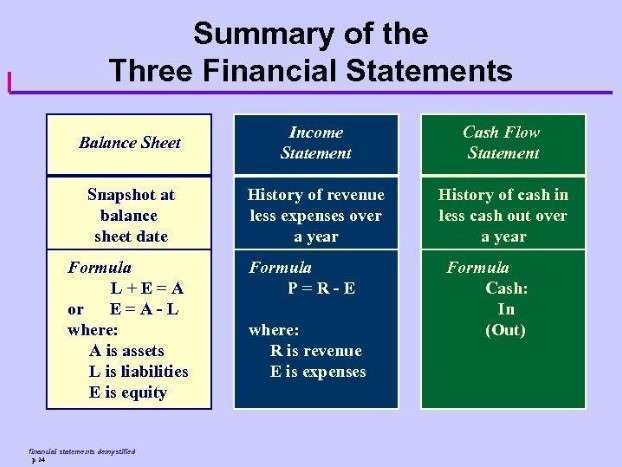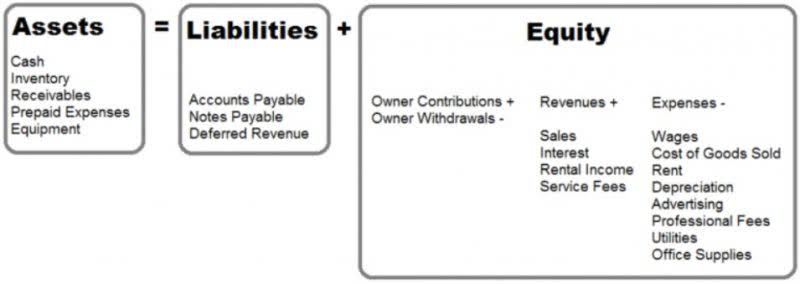Test Post for WordPress
август 21, 2023Californias worldtradex Wave Card Launches with Free Rides and Fare Capping for Riders Management
октобар 13, 2023Payroll Liabilities vs Payroll Expenses: What Are the Differences?

When an expense account is debited, an expense transaction or an expense increase is recorded in the account. Debiting this account results in an increase in the QuickBooks Accountant account’s balance. It reflects the additional amount spent or the expense incurred by the business. A credit entry is made in the appropriated retained earnings or equity account to reflect the net income or loss.
What qualifies as liabilities?
- Here are two practical examples that show how the process works.
- Accrued expenses and accounts payable are both current liabilities recorded on the balance sheet, but they differ in timing and documentation.
- Take note that the amount has not yet been incurred, thus it is proper to record it as an asset.
- These expenses are recorded on the income statement and are deducted from revenue to determine net income.
- On the other hand, an expense is the cost incurred in the current period for generating revenue, reducing a company’s net income.
If the business owner purchases inventory and pays for it immediately, that’s an expense. The money is spent to are liabilities expenses operate the business now, and the cost will appear on the income statement. These liabilities are paid with current assets, which include cash, accounts receivable, liquid assets, etc.
- If you’re curious as to what are the journal entries for an operating lease under ASC 842 refer to the article The Journal entries for an operating lease under ASC 842.
- They can be listed in order of preference under generally accepted accounting principle (GAAP) rules as long as they’re categorized.
- This blog article will take you through an understanding of current tax payable, current tax liability, and its treatment balance sheet.
- These are not obligations that businesses need to pay after a certain time, unlike liabilities.
- Both accrued expenses and accounts payable impact a company’s financial statements in similar ways, since they’re both current liabilities representing unpaid costs.
- He has been a manager and an auditor with Deloitte, a big 4 accountancy firm, and holds a degree from Loughborough University.
Operating Expenses
She has bachelor’s degrees in political science from North Carolina State University and in accounting from University of Phoenix. Aldridge is completing her Certified Financial Planner designation via New York University. Liabilities are economic obligations or payables of the business. Through this, we will be able to determine the cash balance as all related additions and deductions are collated in the account.

What are Liabilities?
Expenses can be categorized into various types, such as cost of goods sold, operating expenses, and non-operating expenses. A key difference between liabilities and expenses is their purpose and what they represent. Liabilities are amounts the company owes to others, such as lenders, creditors and suppliers.
Accounting Services
- This is based on the calculated equipment cost of $149,317, which is depreciated equally over eight years at $18,665 per year.
- Another common term for current assets is short-term investments.
- Income taxes and sales taxes are critical elements of a company’s financial calculations, valuation, and operations.
- A liability is money owed in the future, while an expense is a cost incurred to help the business run smoothly and generate revenue.
- Liabilities reflect a company’s financial obligations, while expenses represent the costs of running the business.
You may also refer to it as salary expense or payroll expense, depending on the organization’s preference. Those businesses that use the cash basis of accounting record this expense as it is paid to the employees. Companies that use the accrual method of accounting record wages expense as the cost is incurred, which is not necessarily when the company pays the employee. A debit to this account, under the accrual basis, requires a credit to the wages payable account for any amounts not paid. After understanding the changes and causes of the deferred tax balance, it is important to also analyze and forecast the effect this will have on future operations. For example, deferred tax assets and liabilities can have a strong impact on cash flow.
An interest rate of 10.5% and straight-line depreciation are used. In a lease, the lessor will transfer all rights to the lessee for a specific period of time, creating a moral hazard issue. Because the lessee controls the asset but is not the owner of the asset, the lessee may not exercise the same amount of care as if it were his/her own asset. This separation between the asset’s ownership (lessor) and control of the asset (lessee) is referred petty cash to as the agency cost of leasing. This is the basic formula on which double-entry bookkeeping is based. Even if you have not had any training, I believe you can understand these principles.

Disclosure Requirements in Financial Statements

With IAS 371, IFRS has one-stop guidance to account for provisions, contingent assets and contingent liabilities. Accounts Payable – Many companies purchase inventory on credit from vendors or supplies. When the supplier delivers the inventory, the company usually has 30 days to pay for it. This obligation to pay is referred to as payments on account or accounts payable. Understanding changes in deferred tax assets and deferred tax liabilities allows for improved forecasting of cash flows.
